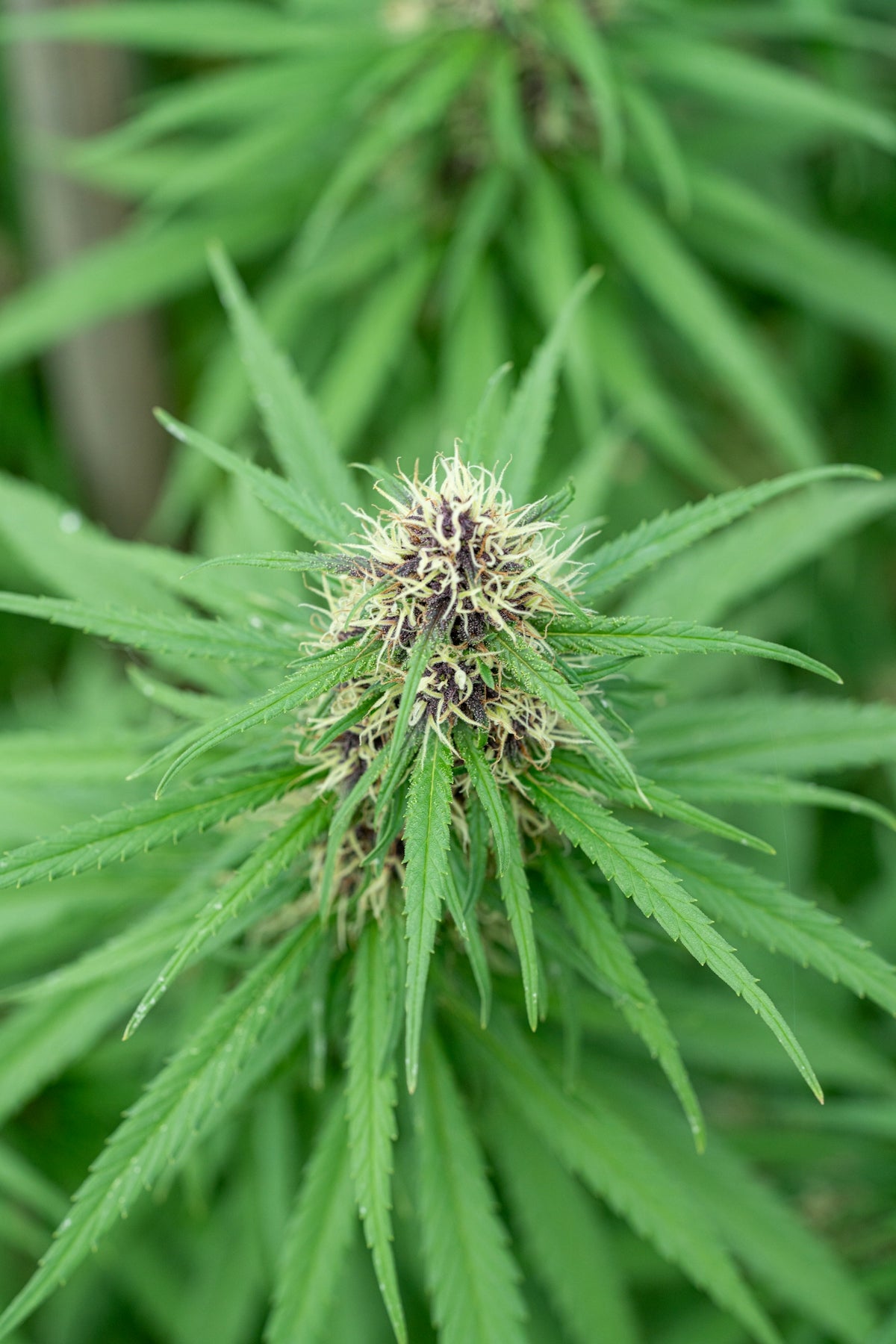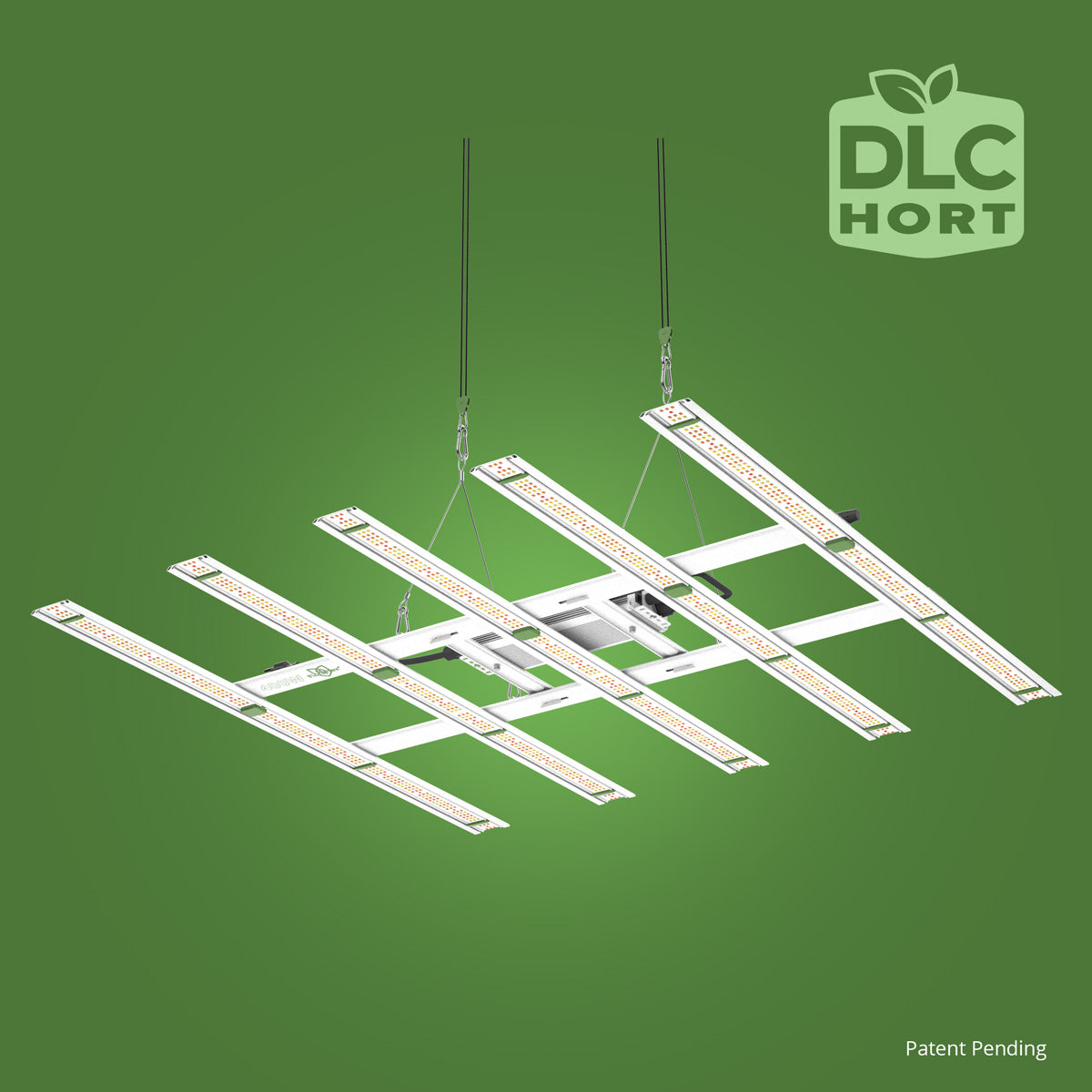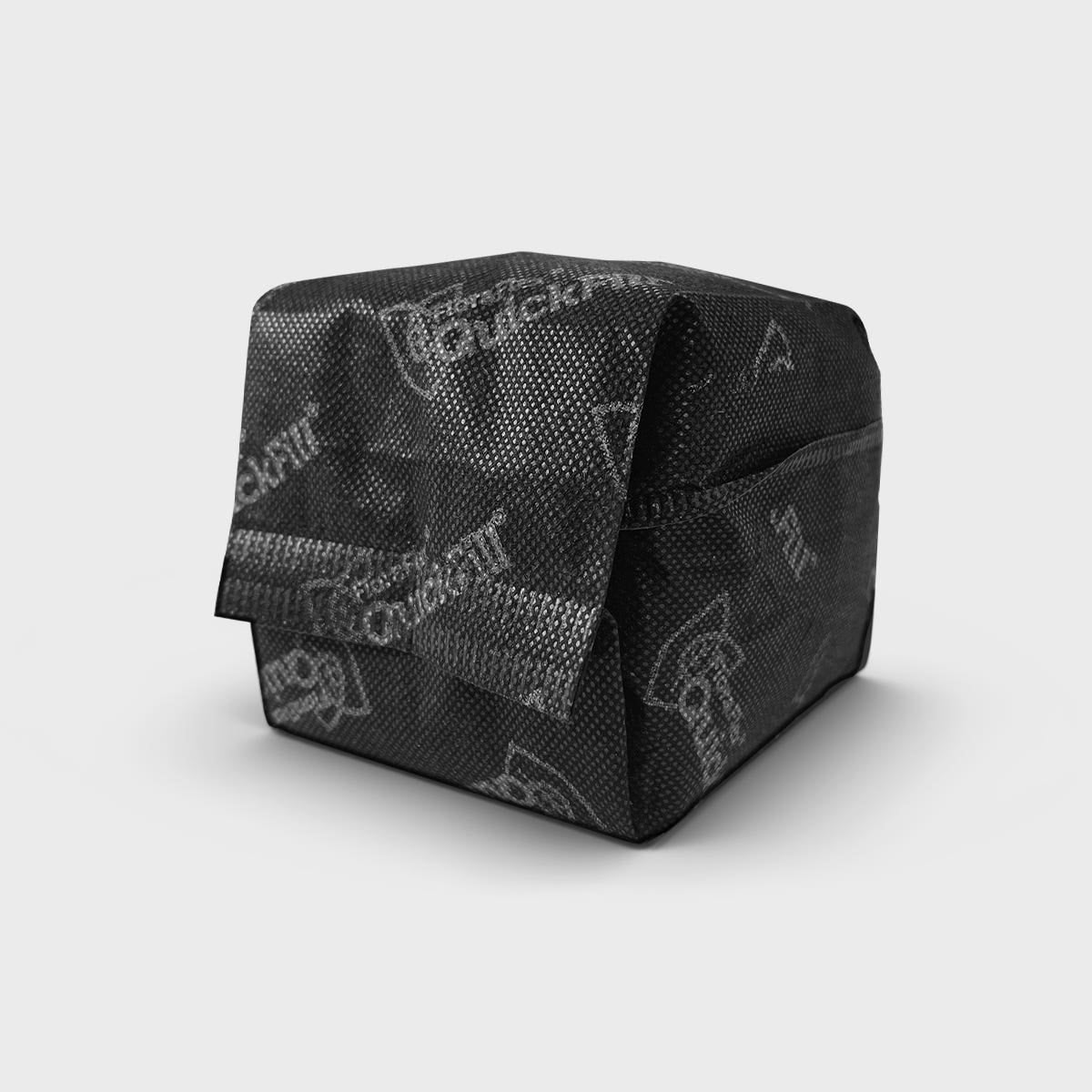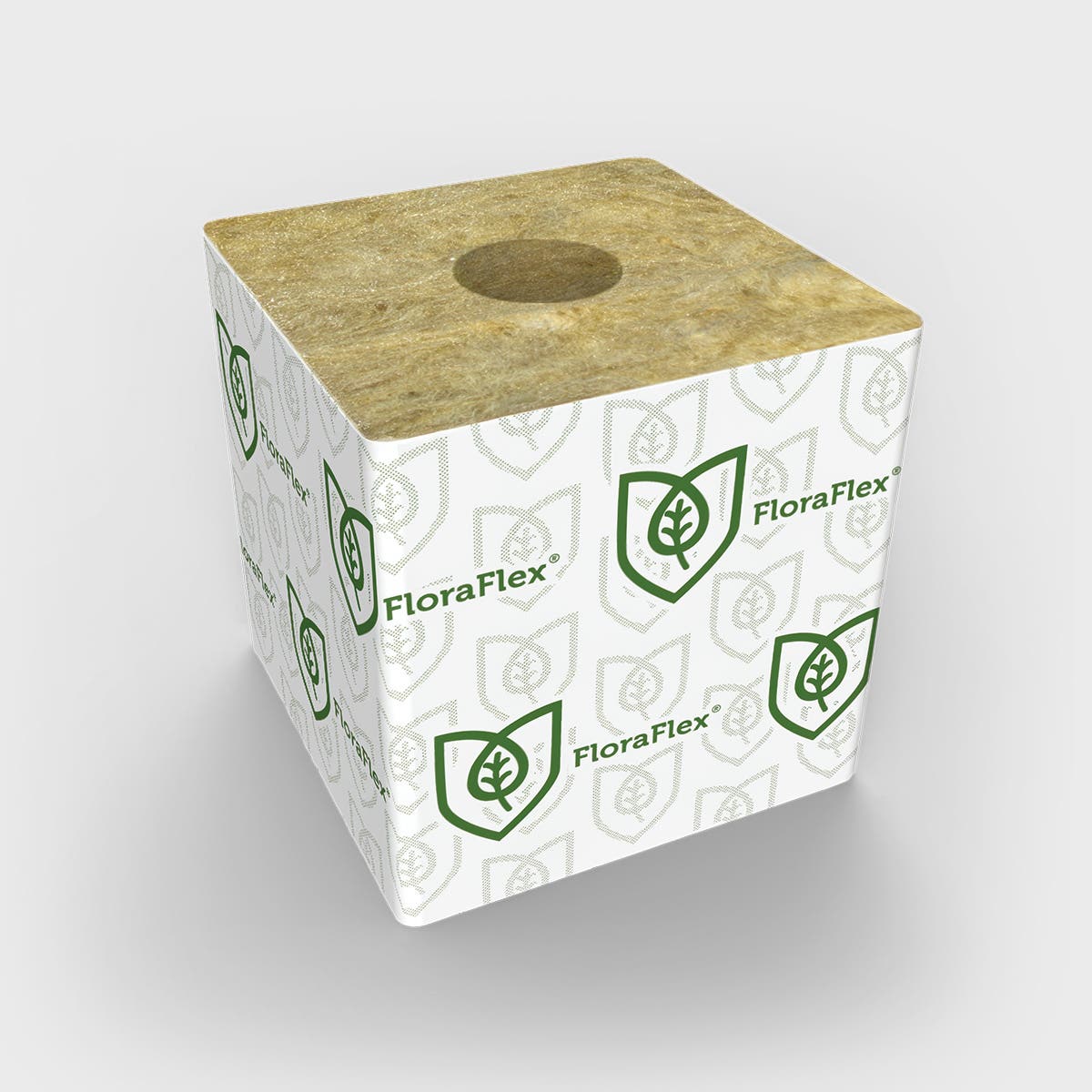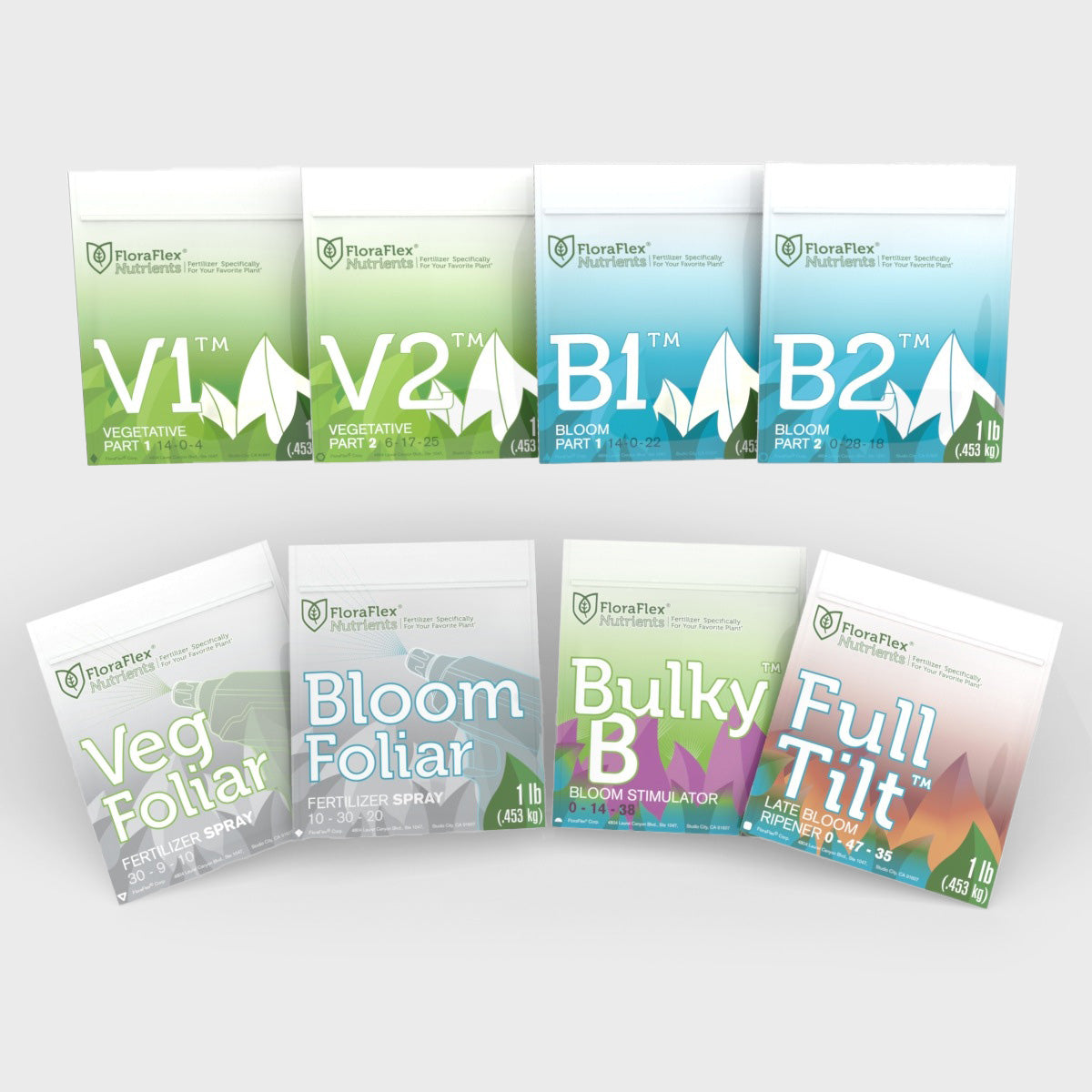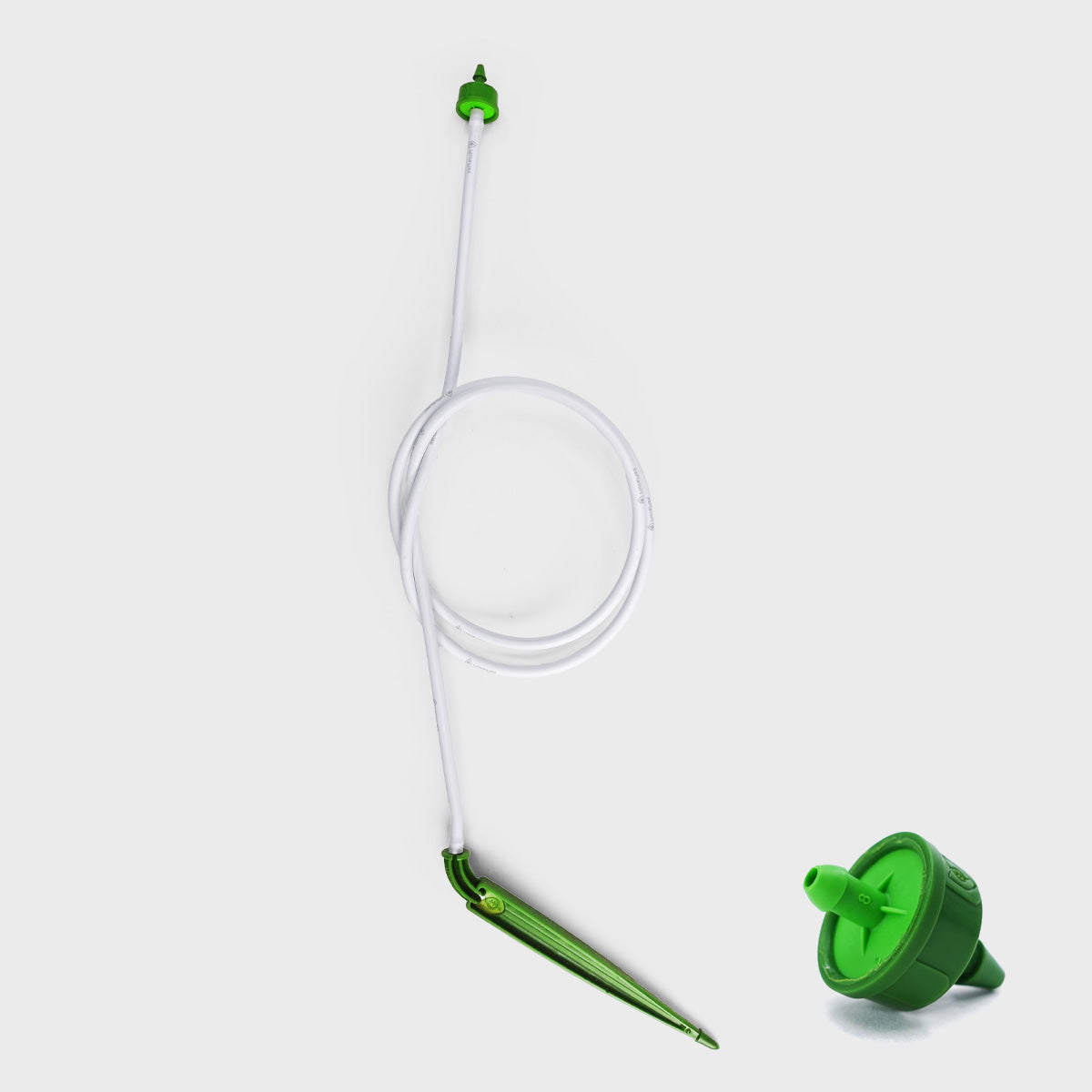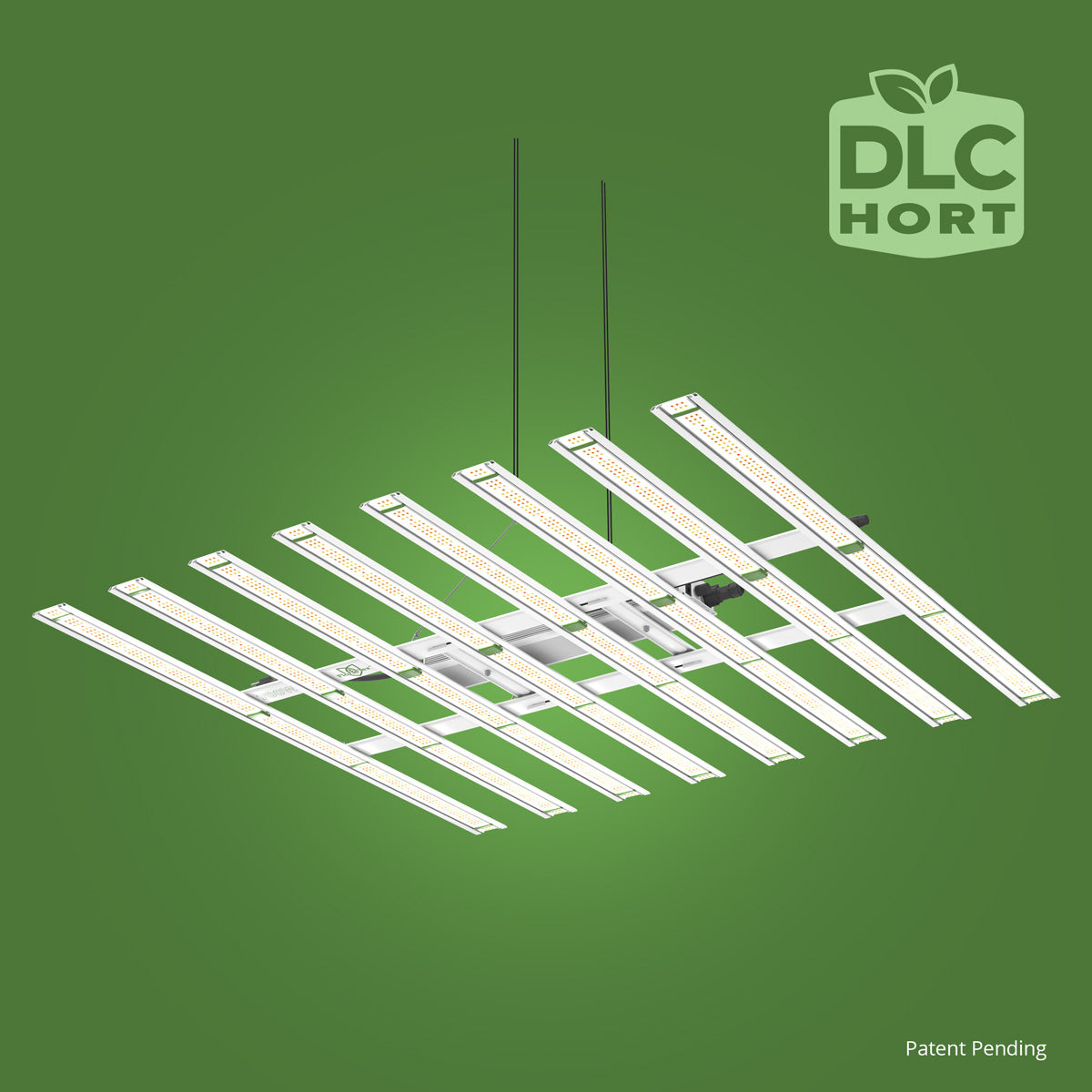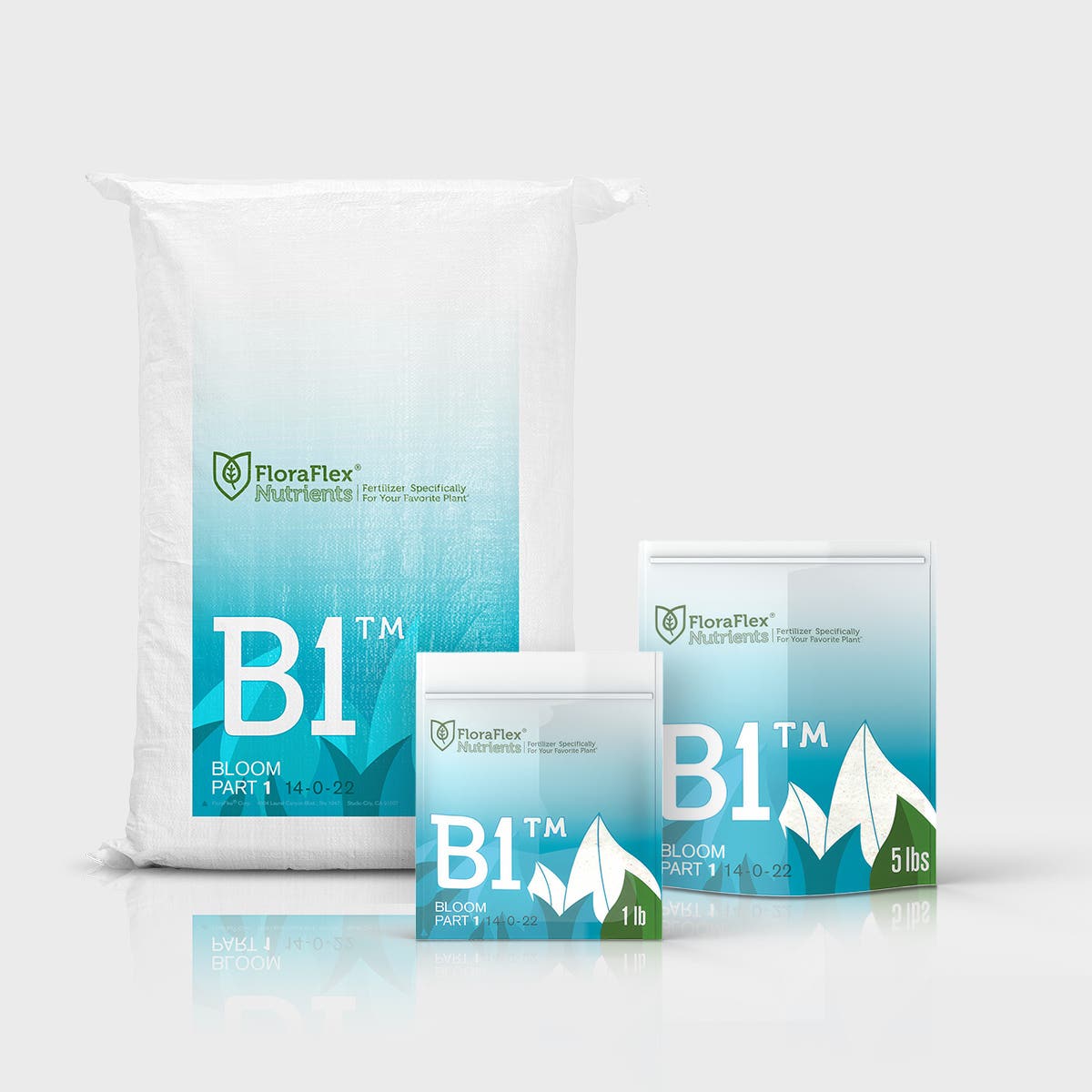Pruning is a crucial step in growing cannabis, enhancing both plant health and yield. When done correctly, pruning not only promotes a more robust plant structure but also ensures better light exposure and aeration. This guide will walk you through essential pruning techniques for cannabis cultivation, enabling you to maximize both the quality and quantity of your crops.
Before delving into the steps, if you're searching for high-quality gardening supplies, consider visiting FloraFlex, where you'll find an array of products to aid your growing journey.
Understanding the Importance of Pruning
Pruning is the process of selectively removing certain portions of your plant, such as leaves, branches, or buds. The primary goal is to enhance plant growth, potency, and light penetration, creating a more productive cannabis plant.
Benefits of Pruning
- Improved Light Penetration and Air Circulation: By removing excess foliage, light can reach lower parts of the plant, which is crucial for photosynthesis. Proper air circulation reduces the risk of mold and pest infestations.
- Increased Yield: Pruning helps redistribute the plant's energy to the most productive parts, potentially increasing the yield.
- Better Structure: Pruning encourages a bushier plant structure, which can support weightier buds.
Tools Required for Pruning
To successfully prune cannabis, you'll need:
- Sharp Secateurs or Scissors: Ensure they are clean to prevent infection.
- FloraFlex 6" Wool (Basalt Derived): A crucial medium for growing cannabis, offering proper drainage and stability. Learn more about this product here.
Pruning Techniques and Steps
1. Topping
Objective: Encourage horizontal growth for a bushier plant.
When to Top: Typically, after the plant has developed at least 3-5 nodes.
How to Top: Gently snip the main stem just above a node using your sharp secateurs. This action forces the plant to develop two main colas in place of one, enhancing potential yield.
2. Fimming (F**k, I Missed!)
Objective: Similar to topping, but allows for more than two main colas.
When to FIM: Best done when the plant has 3-5 nodes.
How to FIM: Instead of a clean-cut, take off about 75% of the newest growth at the top of the plant. The outcome is several colas growing from the top.
3. Lollipopping
Objective: Focus energy on top canopy buds.
When to Lollipop: 1-2 weeks before the plant moves to flowering stage.
How to Lollipop: Remove the lower 1/3 of the branches and foliage. This technique focuses plant energy on the top, light-catching buds.
4. Defoliation
Objective: Improve light exposure and air circulation by removing large fan leaves.
When to Defoliate: Throughout the vegetative stage and early to mid-flowering stage.
How to Defoliate: Remove some of the large fan leaves in staggered intervals to avoid stressing the plant. Focus on leaves that shade buds or prevent light from reaching lower areas.
General Tips for Effective Pruning
- Timing is Key: Avoid pruning too often or too late in the flowering stage.
- Sanitize Tools: Clean all tools before use to prevent disease.
- Observe Plant Response: Each strain may respond differently; adjust your approach accordingly.
- Nutrition and Support: After pruning, ensure your plants receive adequate nutrition and support. Using FloraFlex 6" Wool offers an excellent rooting environment with optimal drainage.
Mistakes to Avoid
- Over-pruning: Removing too much can stunt growth and reduce yield.
- Late pruning: Pruning too late in the flowering stage can harm bud development.
Final Thoughts
Pruning is both an art and a science, requiring a keen eye and patience. By integrating these techniques into your grow routine, you can significantly impact your cannabis plants' health and productivity. For additional resources and to explore quality cultivation products, visit FloraFlex.
Happy growing!
This markdown formatted blog post provides a comprehensive stepwise guide on pruning, emphasizing proper techniques and the benefits of using quality products like FloraFlex 6" Wool. The guide is designed to enhance a grower's ability to foster healthier and more productive cannabis plants.

